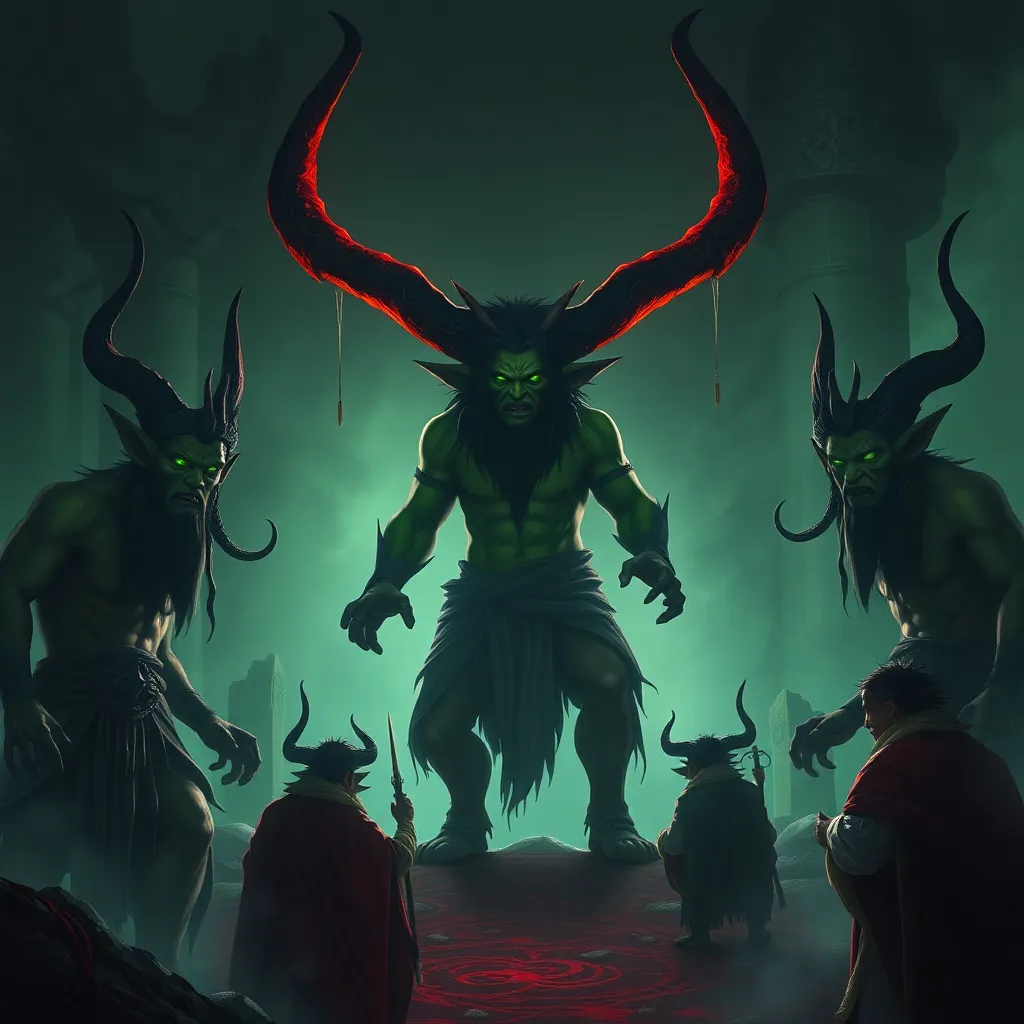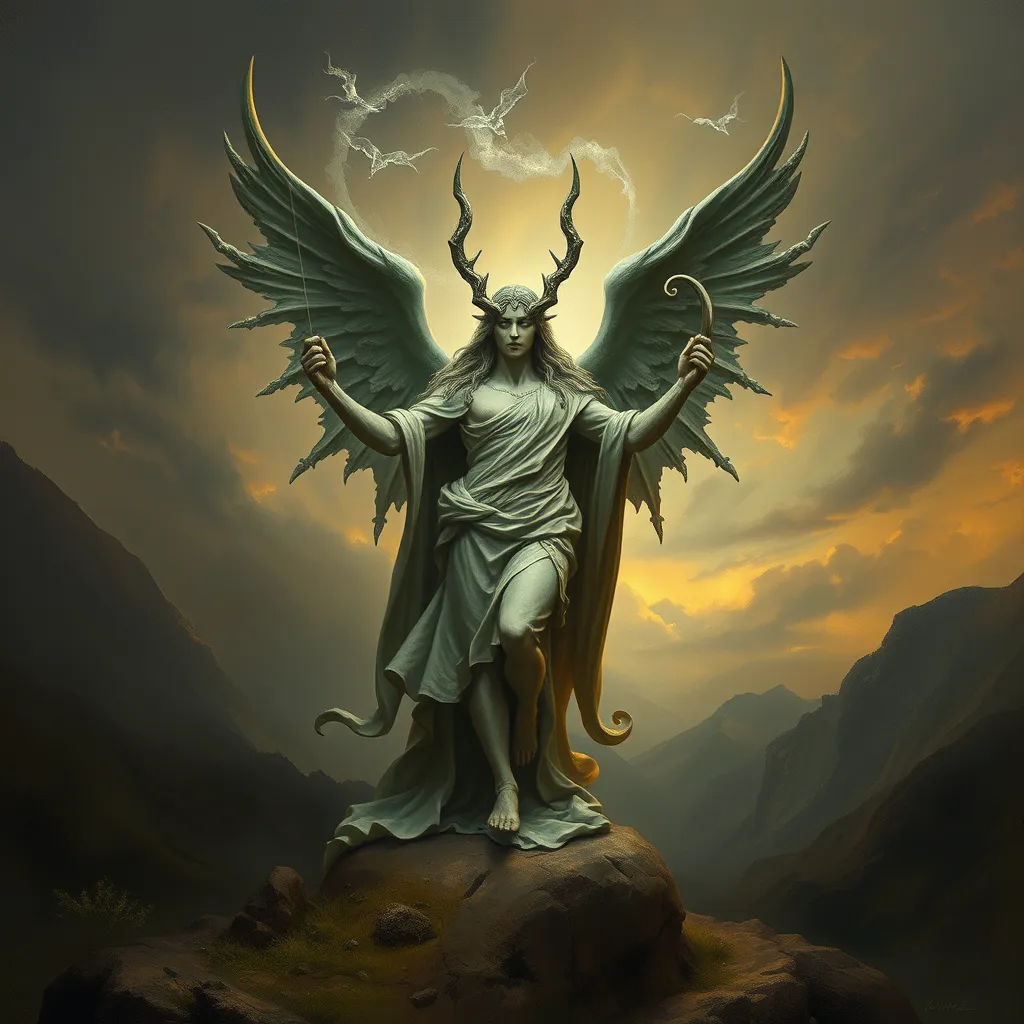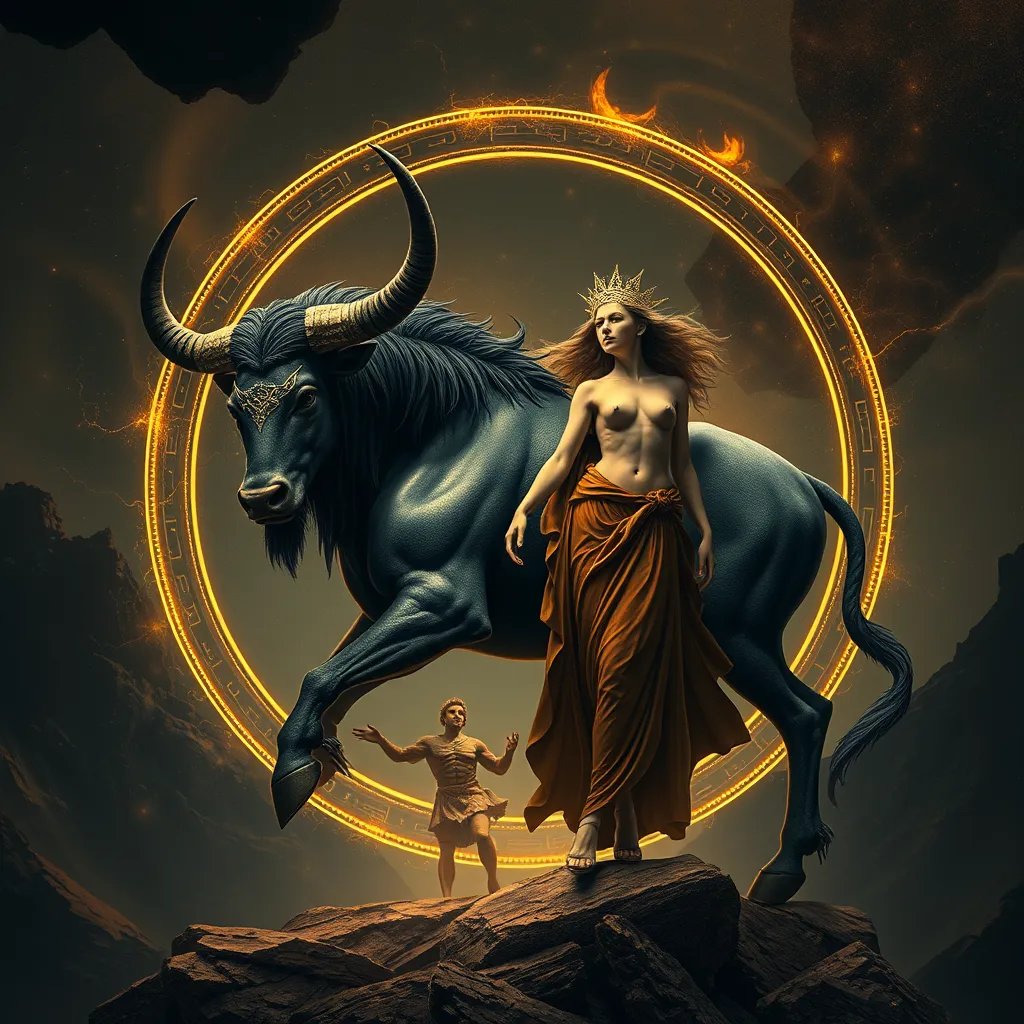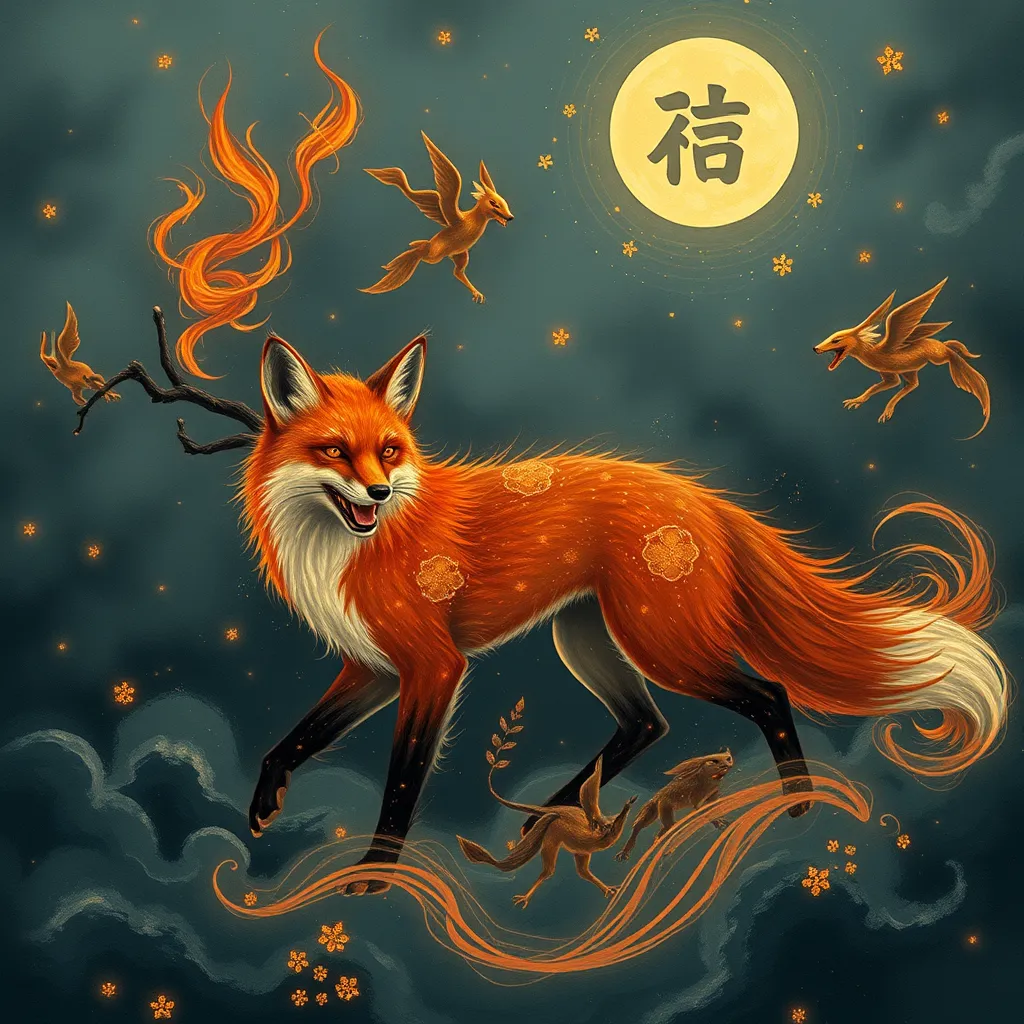Orcish Societies & Tribes: Examining the Diversity of Orcish Cultures Across Mythologies
I. Introduction
Orcs have long been a staple of mythological narratives, characterized often by their brutish demeanor and savage lifestyles. However, an examination of Orcish representation across various mythologies reveals a complex tapestry of cultures, societies, and beliefs that challenge the simplistic view of Orcs as mere villains. Understanding these diverse Orcish cultures is crucial for a comprehensive study of mythology, as they reflect the values, fears, and social structures of the societies that create them.
This article aims to delve into the intricacies of Orcish societies and tribes, exploring their historical backgrounds, societal characteristics, notable tribes, values, interactions with other races, and modern interpretations. By doing so, we hope to shed light on the rich diversity of Orcish cultures and their significance within the realm of mythology.
II. Historical Background of Orcs in Mythology
The origins of Orcish lore can be traced back to ancient texts, with roots in various cultures around the world. The term “Orc” itself is believed to have been popularized by J.R.R. Tolkien in the 20th century, though similar creatures have appeared in mythologies for centuries.
- In Roman mythology, the term “Orcus” referred to a god of the underworld, which may have influenced later depictions of Orcs as malevolent beings.
- In other early texts, such as Beowulf, creatures resembling Orcs are depicted as monstrous adversaries.
Over time, the portrayal of Orcs has evolved significantly. In Tolkien’s works, Orcs are depicted as a corrupted race, originally Elves twisted by evil forces. This concept has shaped modern interpretations, where Orcs are often seen as tragic figures caught in a cycle of violence and hatred. The evolution of Orcish portrayals can be summarized as follows:
- Early depictions: Monstrous, evil beings.
- Middle-period portrayals: Complex societies with hierarchical structures.
- Modern interpretations: Diverse cultures with rich histories and emotional depth.
III. Key Characteristics of Orcish Societies
Orcish societies, despite their often violent reputations, exhibit a range of social structures and cultural practices. Understanding these characteristics provides insight into their complexities.
A. Social hierarchies and leadership structures
Orcish tribes typically have well-defined social hierarchies. Leadership can vary widely:
- Warlords: Often the most powerful warriors, leading through strength.
- Shamans: Spiritual leaders who may hold significant influence over the tribe.
- Clan Elders: Respected figures who provide wisdom and guidance.
B. Roles of gender and family in Orcish communities
Gender roles in Orcish societies can be both rigid and flexible, depending on the tribe. In some cultures, warriors are predominantly male, while females may play crucial roles as caretakers, shamans, or leaders. Family ties are often central to Orcish identity, with clans functioning as extended families.
C. Cultural practices and traditions unique to Orcish tribes
Cultural practices among Orcish tribes are diverse and may include:
- Rituals celebrating victories in battle.
- Festivals honoring ancestors and the spirits of nature.
- Artistic expressions such as carving, metalwork, and music that reflect their experiences and beliefs.
IV. Notable Orcish Tribes and Their Distinct Cultures
Across various mythologies, several Orcish tribes stand out for their unique cultural traits.
A. Overview of prominent Orcish tribes in various mythologies
1. The Orcs of J.R.R. Tolkien’s Middle-earth
Tolkien’s Orcs are perhaps the most famous, depicted as twisted beings serving dark powers. They are organized into various clans, each with its own characteristics and allegiances.
2. The Orcish clans in Warhammer Fantasy
In Warhammer, Orcs are portrayed as boisterous and chaotic, with a focus on war and destruction. Their society is built on strength, with a unique belief that the strongest leader deserves to lead.
B. Case studies of lesser-known Orcish societies
Aside from the well-known Orcs in popular media, several lesser-known tribes exist. For instance, the Goblinoid tribes often share cultural traits with Orcs, emphasizing cunning and survival in harsh environments. Another example is the Orcish clans of the Forgotten Realms, which have intricate social structures and alliances with other races.
C. Cultural diversity among tribes: language, art, and religion
Language and art play important roles in defining Orcish cultures. Many Orcish societies have their own dialects, while the art produced often reflects their values and experiences. Religion also varies significantly, with some tribes worshipping nature spirits, while others venerate ancestral spirits or war deities.
V. Orcish Values and Beliefs
Orcish cultures are often rooted in specific values and beliefs that shape their societies.
A. Common themes in Orcish belief systems
Common themes in Orcish belief systems often include:
- Honor: A warrior’s honor is paramount, influencing their actions and decisions.
- Strength: Physical prowess is celebrated, often determining leadership.
- Kinship: Loyalty to family and clan is a core value, fostering strong bonds.
B. The significance of honor, strength, and kinship
These values create a framework for Orcish identity, where personal achievements and family legacies are intertwined. Acts of bravery and loyalty are often rewarded with respect and status within the tribe.
C. Spiritual connections and the role of shamans or spiritual leaders
Shamans or spiritual leaders in many Orcish societies serve as mediators between the physical and spiritual worlds, guiding tribes through rituals and offering wisdom based on their connection to the spirits.
VI. The Interactions Between Orcs and Other Races
Orcish interactions with other races—such as humans, elves, and dwarves—are often marked by conflict, yet they also present opportunities for cooperation and cultural exchange.
A. Orcish relations with humans, elves, and other mythical beings
Historically, Orcs have been depicted as antagonistic toward other races. However, there are instances of alliances and cooperation, particularly in dire circumstances.
B. Conflict, cooperation, and cultural exchange
Conflicts often arise from territorial disputes or differing values. Nevertheless, cultural exchanges can occur, leading to shared practices in warfare, trade, and even intermarriage in some narratives.
C. Case studies of alliances and rivalries in Orcish history
Notable case studies include:
- The alliance between Orcs and humans against a common enemy in certain fantasy narratives.
- Long-standing rivalries with elves, often rooted in historical grievances or territorial claims.
VII. Modern Interpretations and Representations of Orcish Cultures
In contemporary media, Orcs have been portrayed in various ways, often reflecting societal changes and evolving perceptions.
A. The portrayal of Orcs in contemporary media (games, films, literature)
Games like Dungeons & Dragons and films such as Warcraft have contributed to a richer understanding of Orcish cultures, often portraying them as complex beings with personal struggles.
B. Changing perceptions and stereotypes surrounding Orcish identities
As audiences become more aware of cultural nuances, stereotypes surrounding Orcs are being challenged. Many modern narratives depict Orcs as noble warriors with deep cultural roots.
C. The impact of fan cultures and community engagement on Orcish lore
Fan cultures actively engage in expanding Orcish lore through fan fiction, art, and community discussions, contributing to a broader understanding of their complexities.
VIII. Conclusion
In summary, Orcish cultures are



